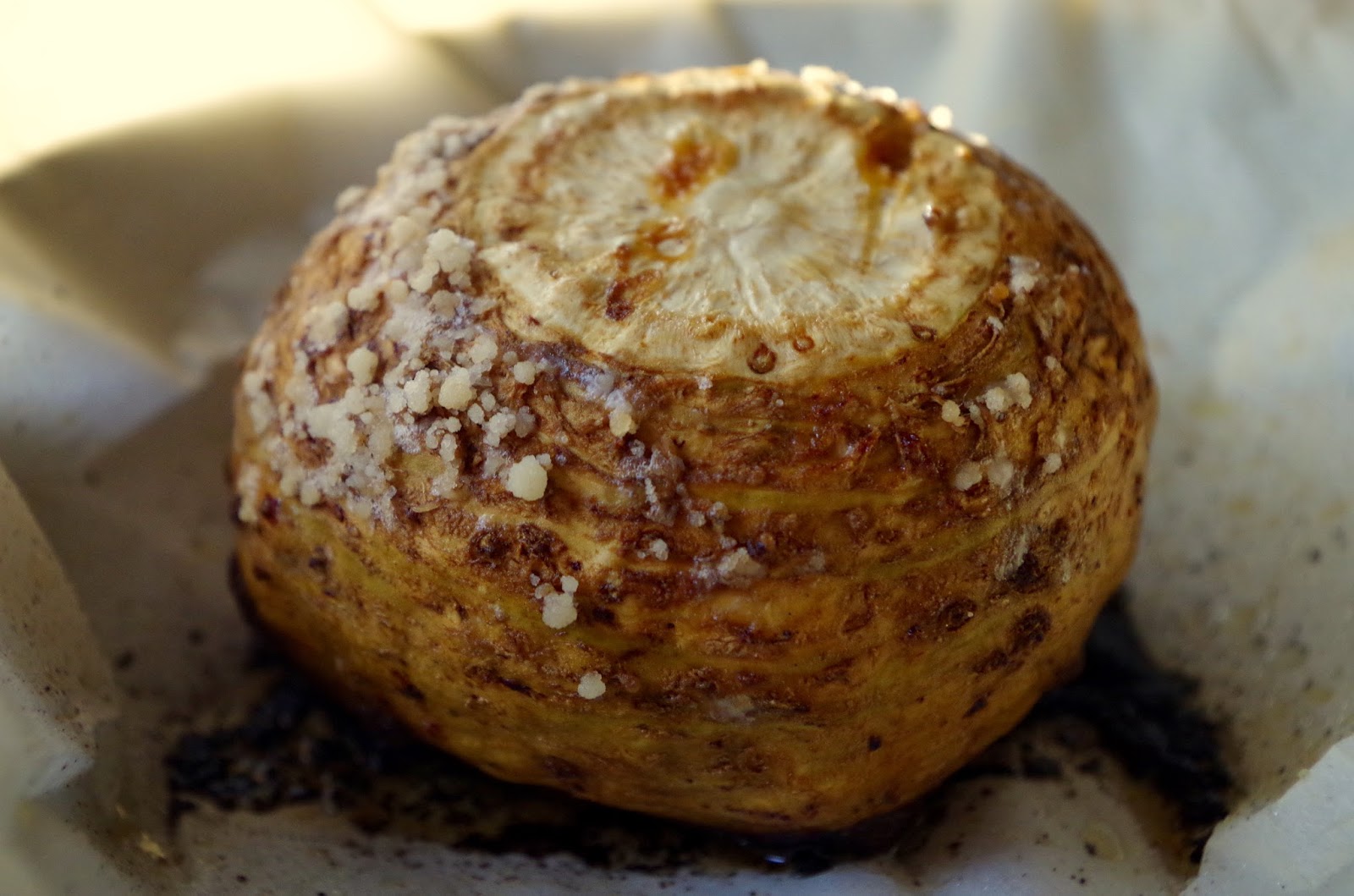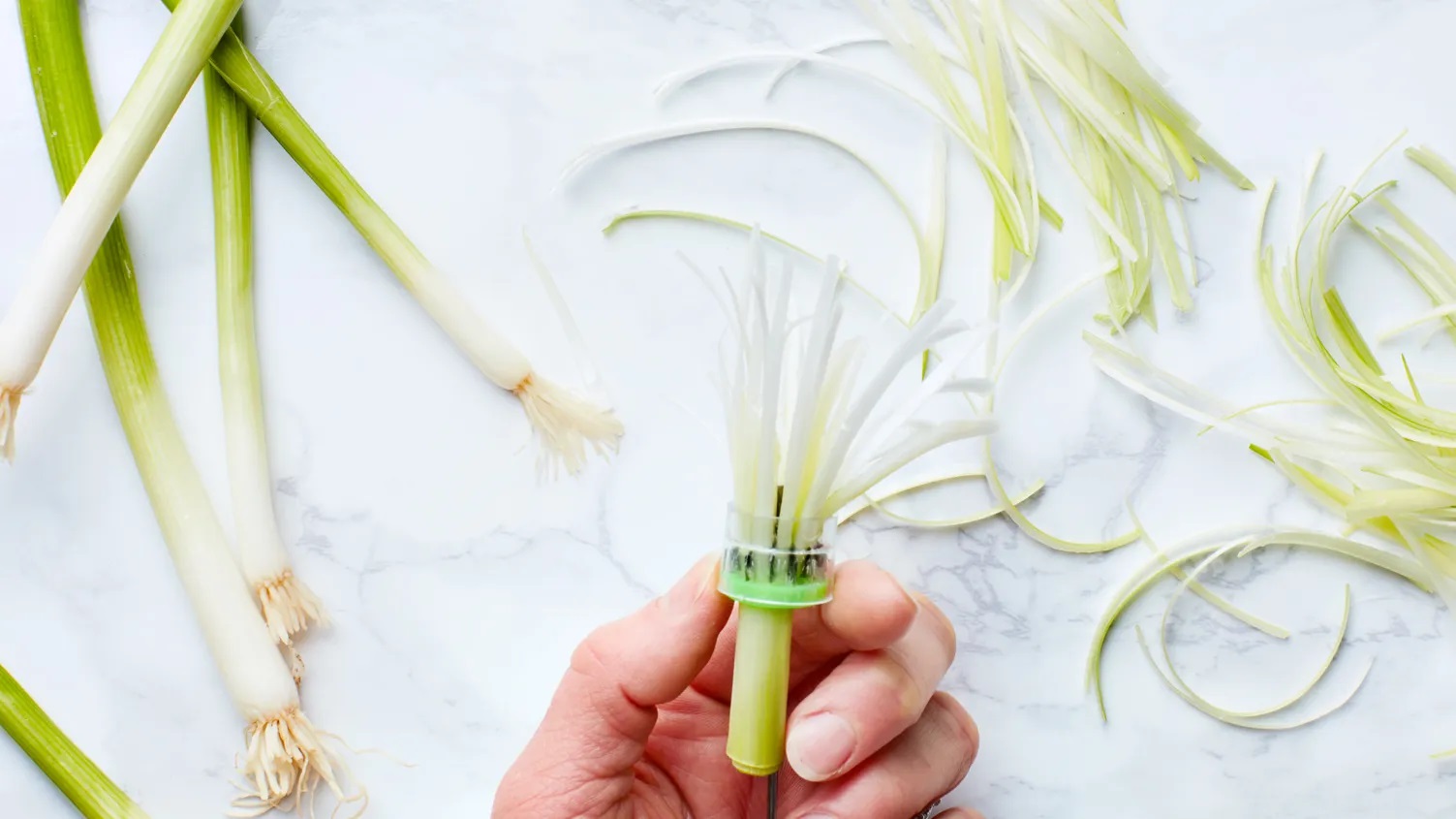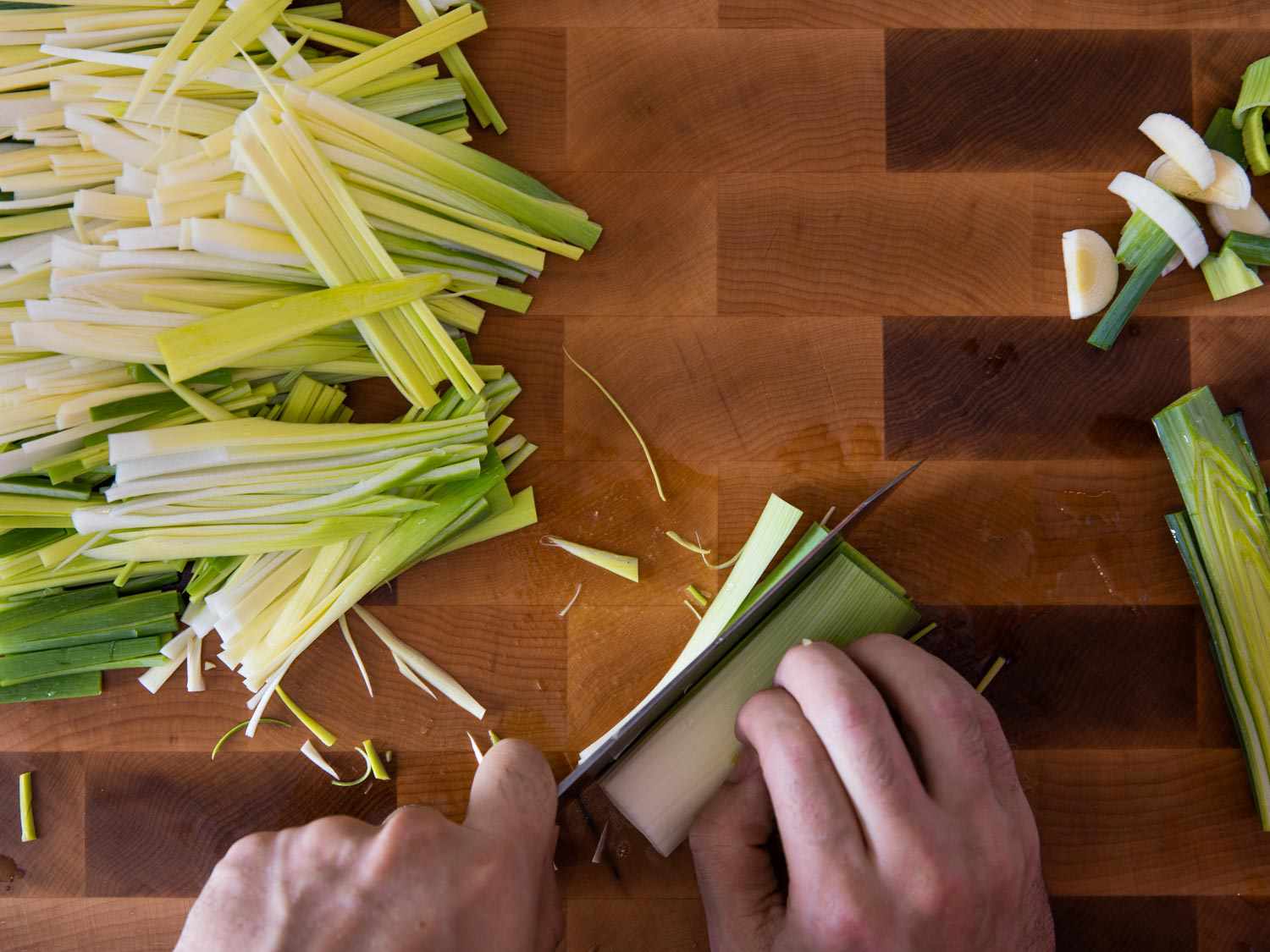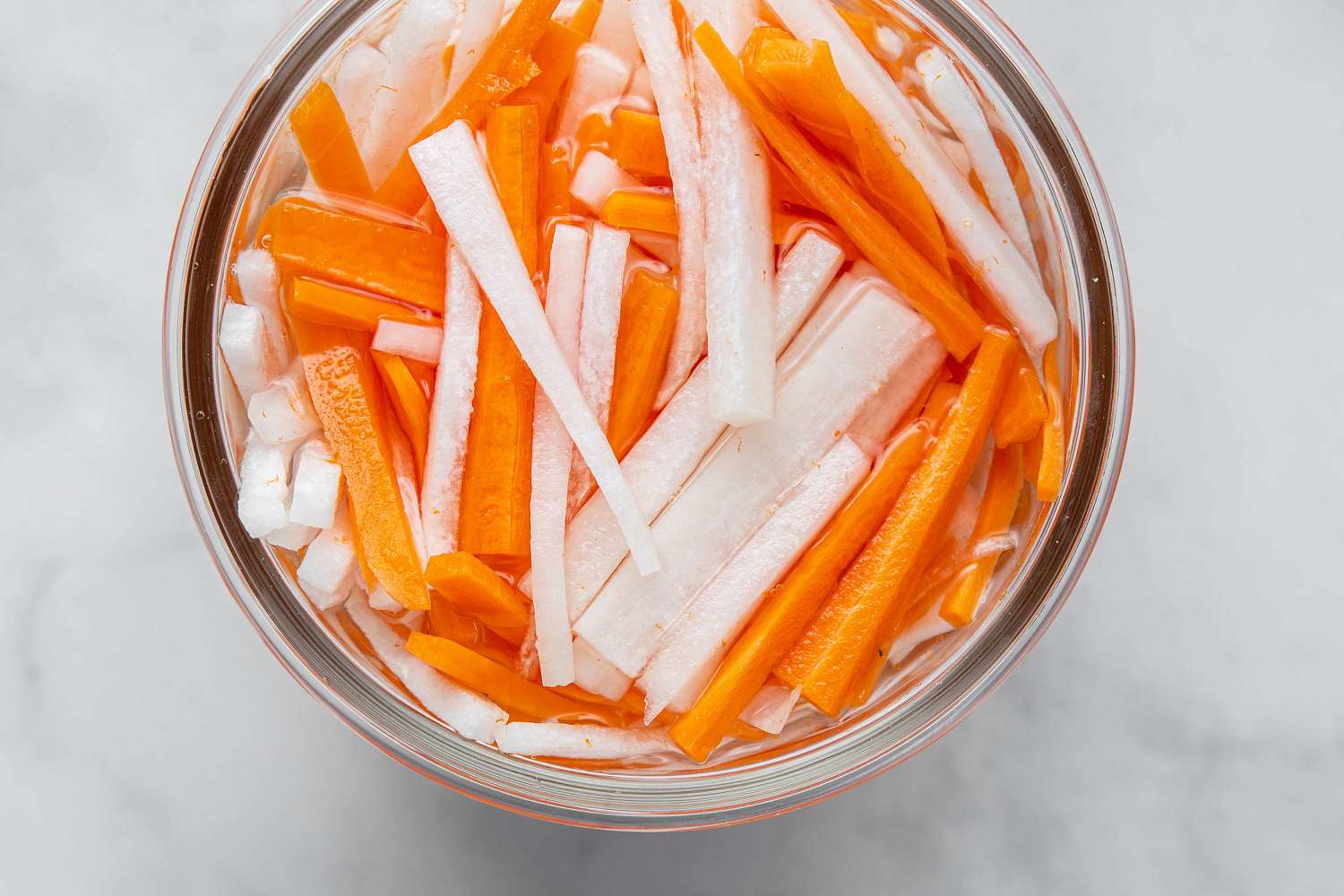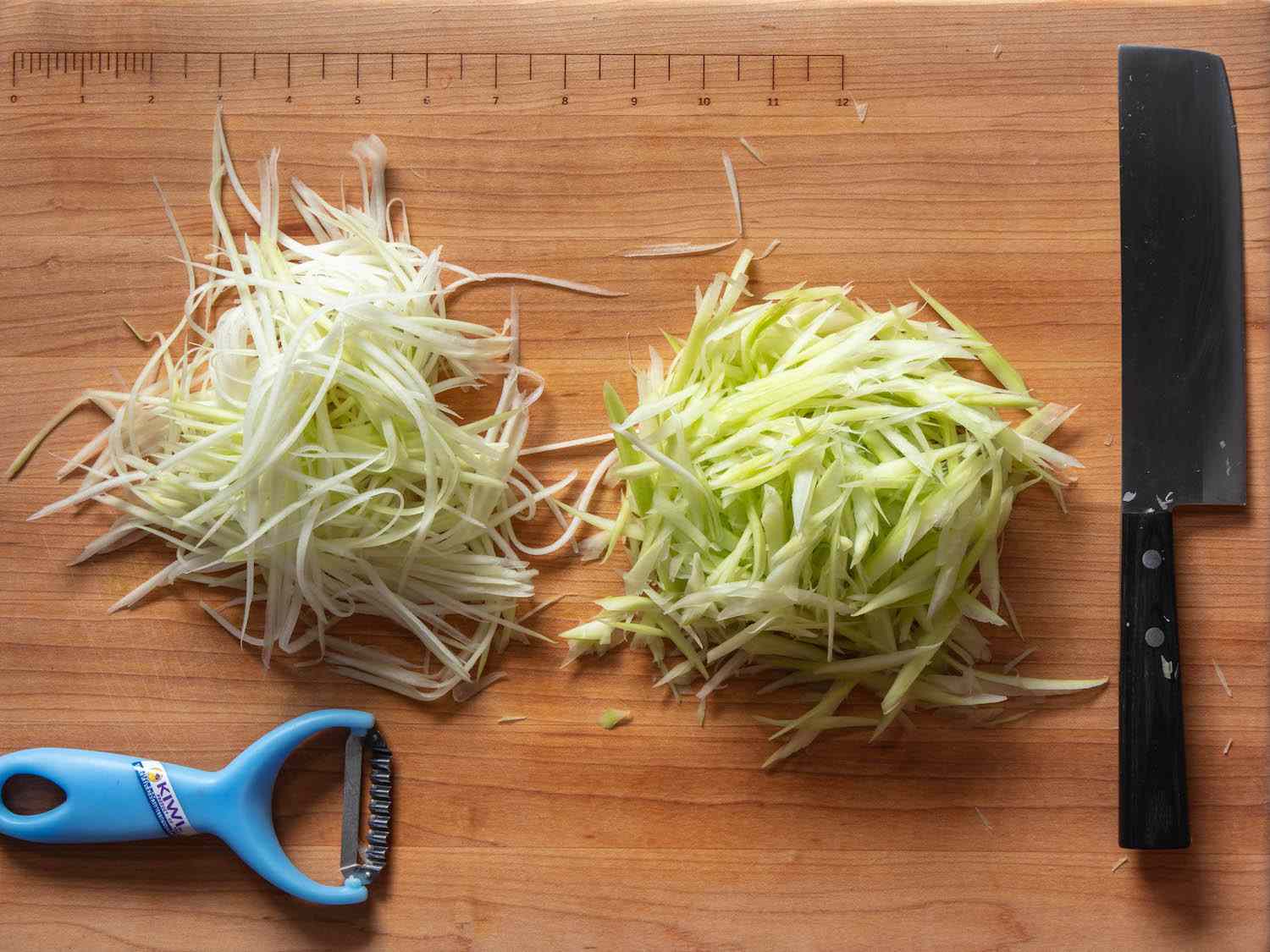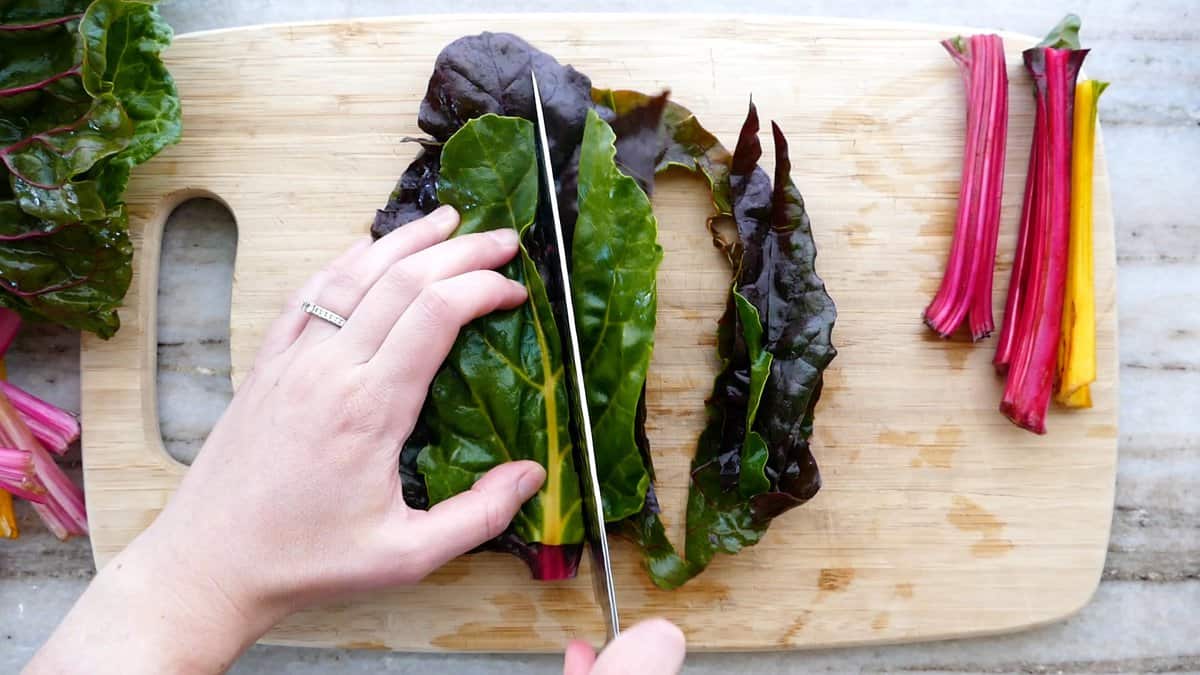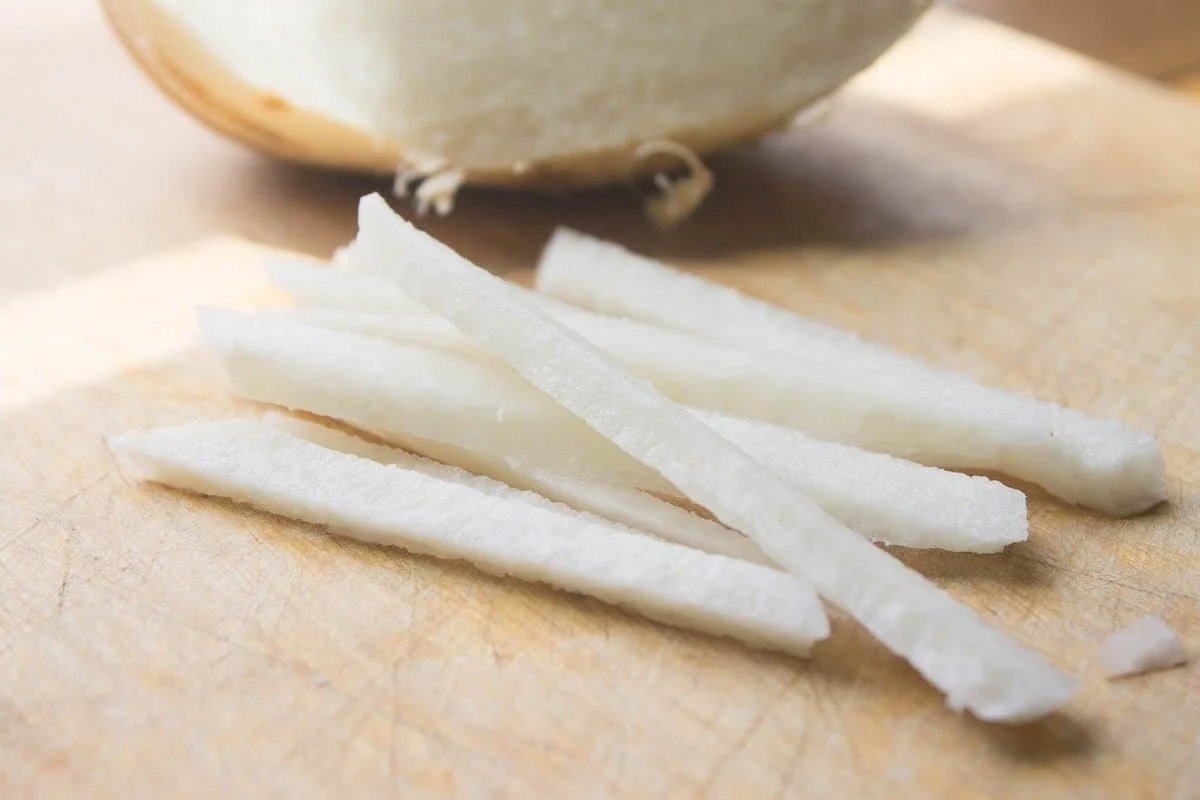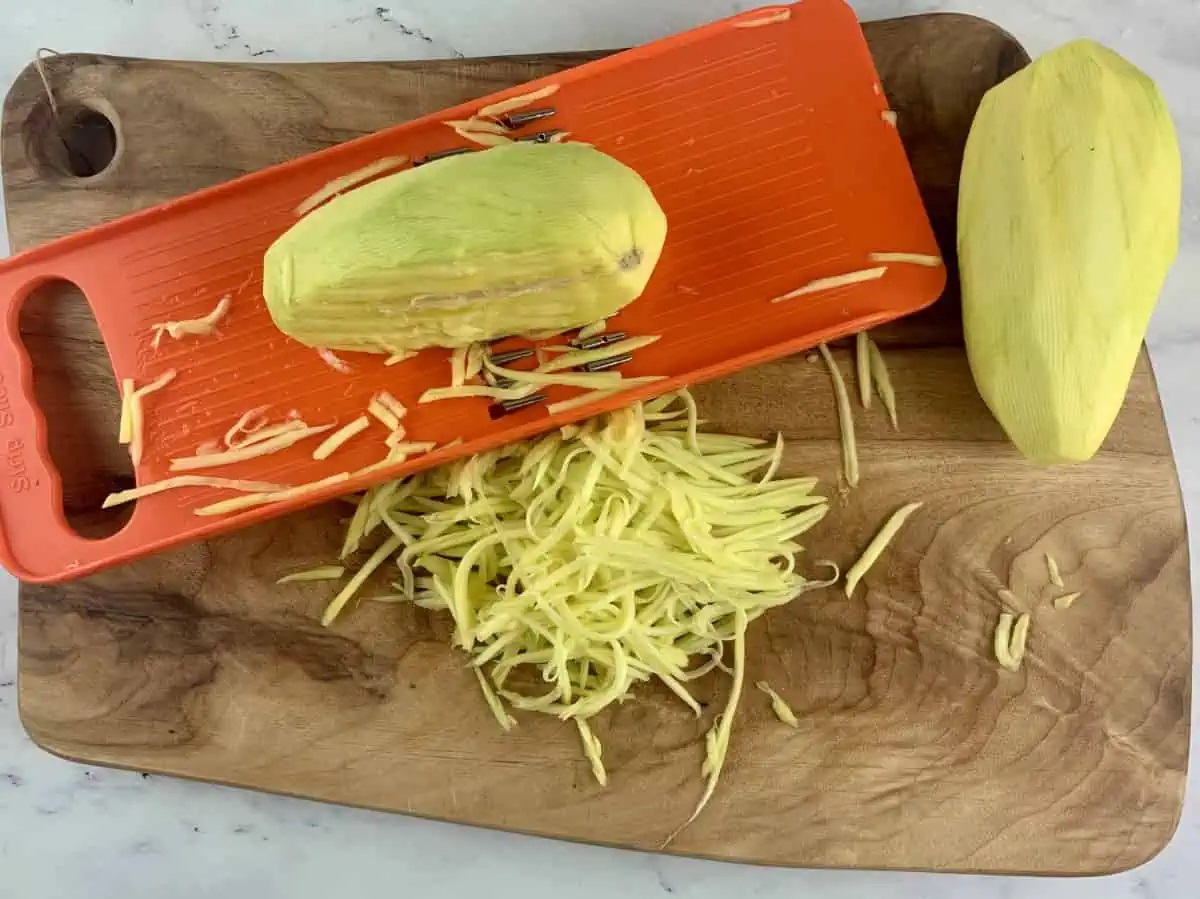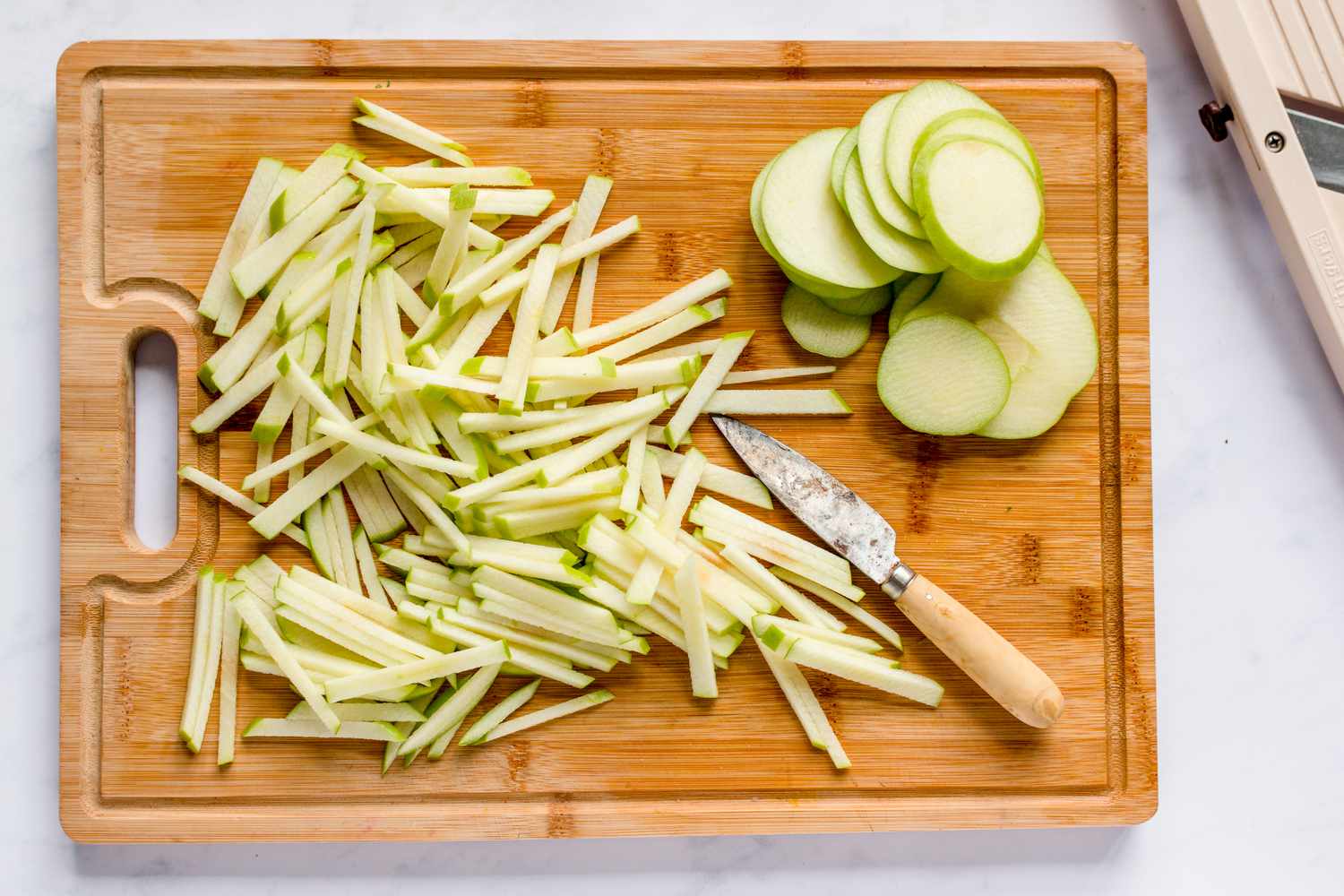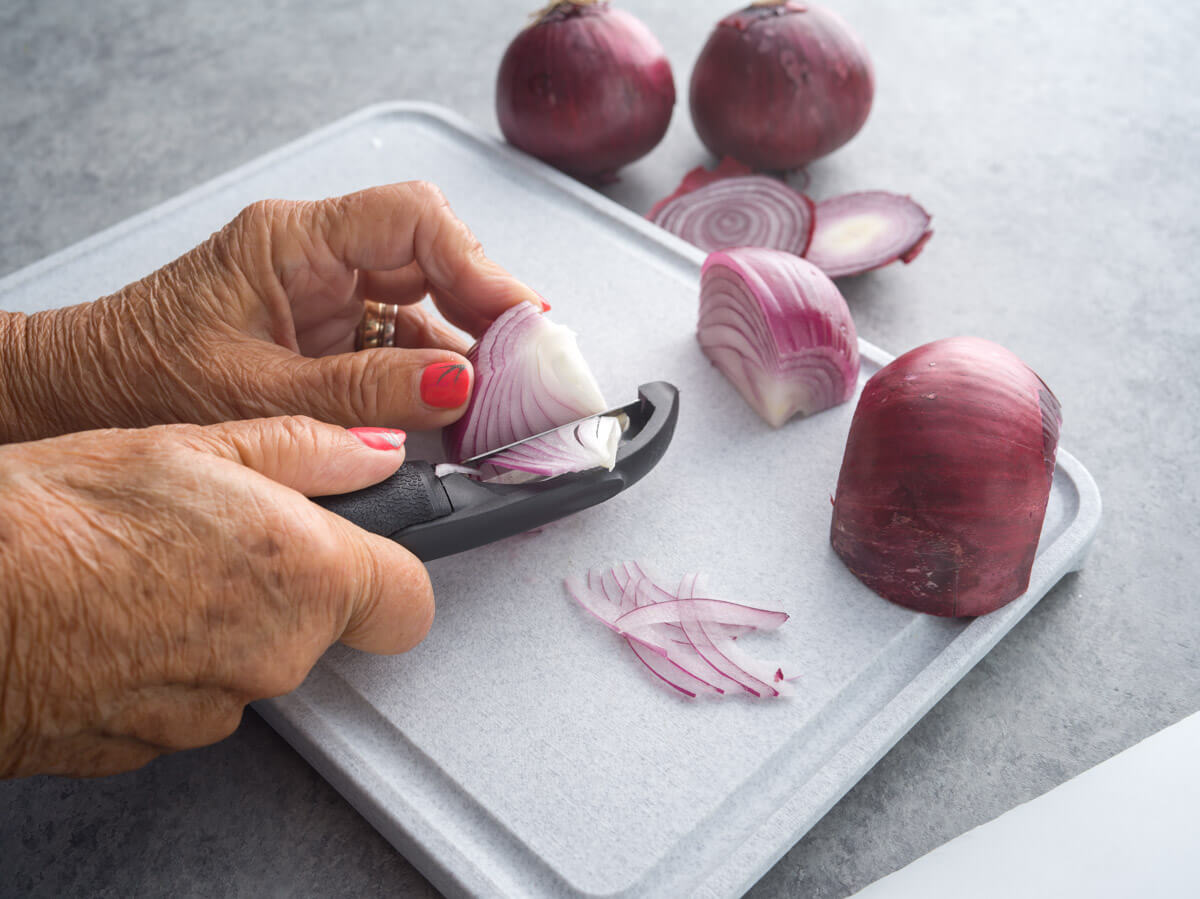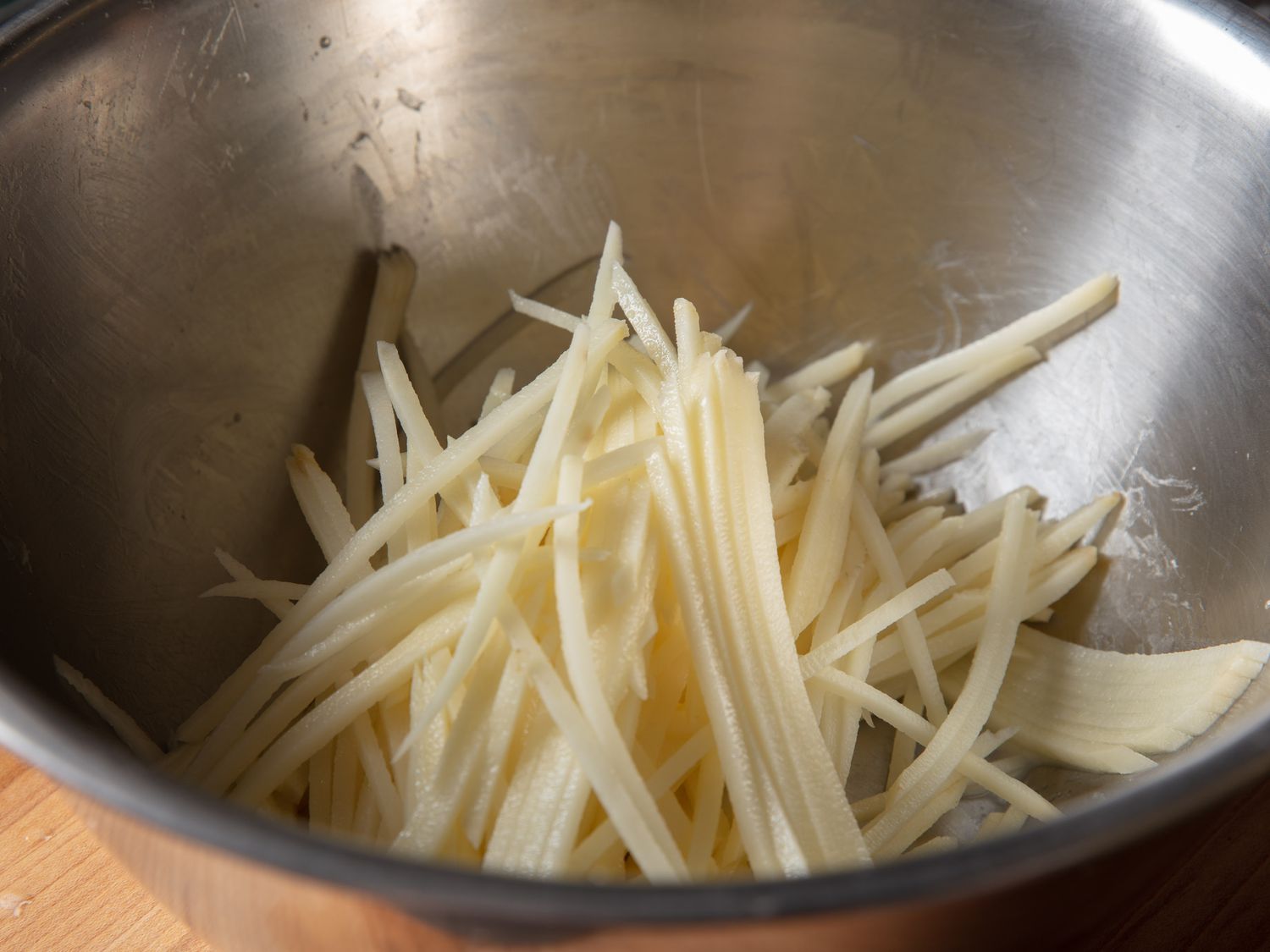Diving into the world of culinary arts brings its own set of challenges and rewards, especially when working with unique ingredients like celery root. Julienning, a technique that transforms vegetables into matchstick-like strips, can seem daunting at first glance. However, mastering this skill with celery root not only enhances the presentation of your dishes but also unlocks new textures and flavors. Whether you're a seasoned chef or just starting out in your kitchen adventures, learning how to julienne celery root is a valuable skill that will elevate your cooking game. Let's get started on this culinary endeavor, shall we?
Gather Your Ingredients
- Celery root (also known as celeriac)
- Sharp chef's knife
- Cutting board
- Vegetable peeler
Essential Tools for the Task
- Sharp Chef's Knife
- Cutting Board
- Vegetable Peeler
- Mandoline Slicer (optional, for more uniform strips)
- Kitchen Towels (for gripping and stabilizing the celery root)
- Safety Gloves (recommended if using a mandoline slicer)
Julienning celery root involves peeling its tough skin first. Then, slice it into thin matchsticks. This technique adds a crunchy, slightly sweet flavor to salads and slaws.
The Importance of Julienne Celery Root
Julienning celery root, a technique that transforms this gnarly vegetable into thin, elegant strips, is not just about aesthetics. This method maximizes surface area, allowing flavors to meld more thoroughly with dressings or sauces in dishes. It's a skill that elevates presentation while enhancing taste experiences.
Mastering the art of julienning can turn seemingly tough, intimidating vegetables like celery root into manageable, versatile ingredients. It encourages culinary creativity, inviting chefs at all levels to experiment with textures and flavors. This approach makes cooking more engaging, turning simple ingredients into components of sophisticated, delicious meals.
Step-by-Step Guide to Perfect Julienne
-
Wash celery root thoroughly under cold water to remove any dirt or debris.
-
Peel the outer layer using a sharp knife or vegetable peeler, removing all the rough skin to reveal the white flesh.
-
Slice off the bottom of the celery root to create a stable base. This helps in safely cutting the vegetable.
-
Cut the celery root in half from top to bottom. Working with one half at a time makes it easier to handle.
-
Place the flat side of the celery root half on the cutting board for stability.
-
Slice the half into thin, even planks. Aim for slices about 1/8 inch thick for a fine julienne.
-
Stack a few planks at a time, ensuring they are aligned.
-
Cut these stacked planks into thin, matchstick-sized strips. Again, aim for a uniform thickness of about 1/8 inch.
-
Repeat with the remaining planks, then proceed with the other half of the celery root.
-
Gather the julienned strips and give them a final chop if necessary to ensure they are of even size and shape.
-
Store the julienned celery root in cold water if not using immediately to prevent discoloration.
-
Drain and pat dry with a towel before using in your dish to remove excess moisture.
Mastering the Art of Julienne: Celery Root Edition
Mastering how to julienne celery root is a game-changer for any home chef looking to elevate their culinary skills. This technique not only enhances the presentation of dishes but also ensures even cooking and a delightful texture in every bite. Remember, patience and practice are your best friends here. Start with a sharp knife, secure your celery root, and slice away with confidence. Incorporate these julienned beauties into salads, stir-fries, or as a garnish to impress guests and add a professional touch to your meals. So, grab that celery root, embrace the challenge, and let your kitchen creativity flourish. Happy cooking!
For those eager to put their new julienning skills to use, there are several delightful recipes to try. Start with Celery Root and Beet Salad for a refreshing and vibrant dish that melds earthy and sweet flavors. Another excellent choice is Celery Root and Carrot Soup, perfect for a comforting meal with rich, hearty textures. For a twist on a classic, Classic Coleslaw with Julienned Celery Root offers a crunchy and tangy side that complements any main course. Those seeking a zesty, Asian-inspired dish should try Thai Celery Root and Carrot Slaw, which combines crisp vegetables with bold, savory notes. Finally, Celery Root and Potato Gratin is a must-try for a creamy, decadent experience that showcases the versatility of celery root in a baked form.
All Your Questions Answered
How do I pick the perfect celery root for julienning?
Look for ones that feel firm and heavy for their size. Skin should be relatively smooth with no soft spots or signs of decay. Trust your nose, too; a fresh celery root will have a subtle, earthy smell.
What tools do I need to julienne celery root effectively?
A sharp chef's knife and a sturdy cutting board are essential. For more precision and uniformity, consider using a mandoline slicer. Just watch those fingers!
Is there a trick to peeling celery root easily?
Indeed, there is. First, slice off the bottom to create a stable base. Then, use your knife to peel away the skin, following the curve of the root. This method minimizes waste and makes peeling less of a chore.
How thin should the julienne strips be?
Aim for strips about 2-3 inches long and 1/8 inch thick. Consistency is key for even cooking and presentation, so take your time and practice those knife skills.
Can I julienne celery root ahead of time?
Sure, you can prep it in advance. Just toss the strips in a little lemon water to prevent browning. They'll stay crisp and fresh in the fridge for a couple of days.
What's the best way to use julienne celery root in recipes?
These thin strips are perfect for adding a crunchy, earthy element to salads, slaws, or stir-fries. They also make a great garnish, adding a touch of elegance to any dish.
Any tips for cleaning up after julienning?
Clean as you go to keep the mess manageable. A bench scraper is handy for transferring julienne strips and cleaning off your cutting board. Soak any used tools right away to make washing up easier.
